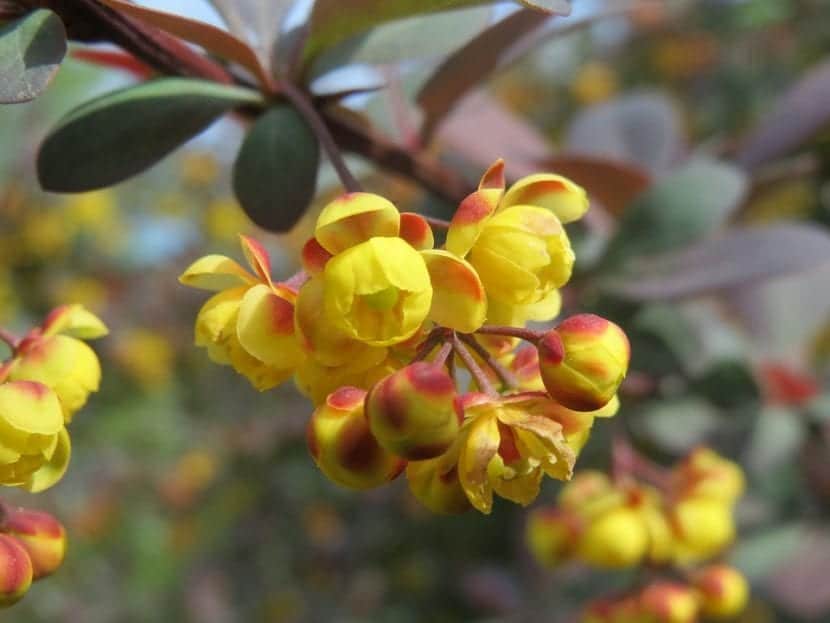
Plants of the genus berberis They are very ornamental shrubs, which can be had practically in any corner of the garden, patio or terrace with the certainty of knowing that it will be difficult for them to get sick. In fact, they are not only quite resistant to pests and diseases, but they also endure frost.
With everything, they are very interesting for both beginners as for those who have more experience.
Origin and characteristics of Berberis
Our protagonists are a genus of evergreen or deciduous shrubs, depending on the species, originating in temperate and subtropical regions of Europe, Asia, Africa, North and South America. There are about 500 species, and all of them they are characterized by having a dimorphic formation; that is, they have long stems that are the ones that form the structure of the plants, and short stems that are those that provide volume. The leaves of the former do not carry out photosynthesis, and have evolved into spines of 3 to 30mm; but those that sprout from the short stems in the axils of each spine are functional leaves and measure 1 to 10 cm in length, and are simple.
They bloom in spring. The flowers can be solitary or appear grouped in clusters, yellow or orange, and with a size of 3 to 6mm in length. The fruit is a berry 5 to 15mm long, which turns red or dark blue when ripe, and is edible; in fact it is rich in vitamin C. The seeds are small too, and hard, dark in color.
Main species
The best known are:
Berberis aristata
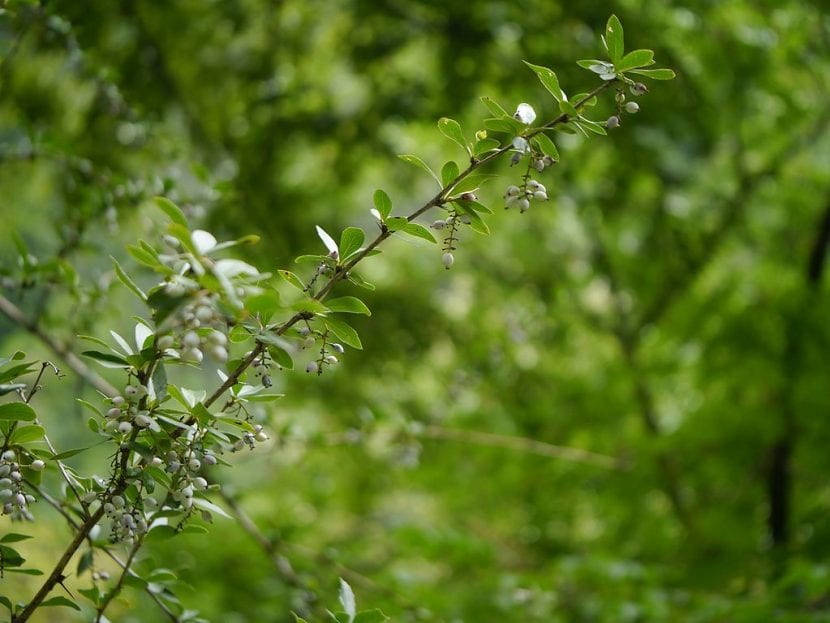
Image - Wikimedia / Dinesh Valke
Known as Indian barberry or tree turmeric, it is an evergreen shrub native to the Himalayas in India and Nepal. Reaches a height of 2 to 3 meters, with green leaves.
Berberis darwinii

Image - Wikimedia / Michael Wolf
Known as Darwin's barberry, it is an evergreen shrub native to southern Chile and Argentina. Grows up to 3-4 meters tall, and its leaves are greenish.
berberis hispanica
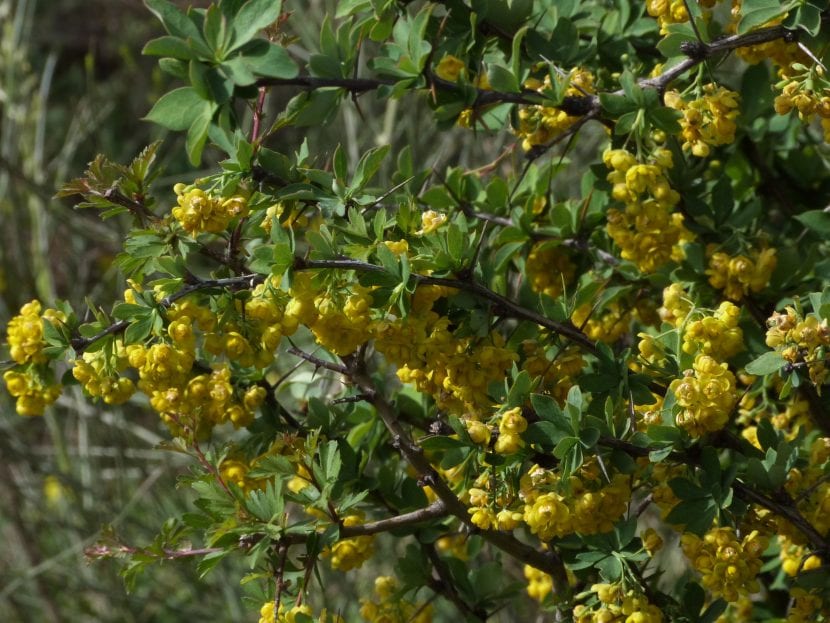
Image - Wikimedia / Ziegler175
It is a deciduous shrub native to the southwestern Mediterranean that grows up to 3 meters high. The leaves are green.
Berberis thunbergii
Known as Japanese barberry, Thunberg barberry, or red barberry, it is a deciduous shrub native to East Asia and Japan. Reaches two meters in height, and its leaves are green.
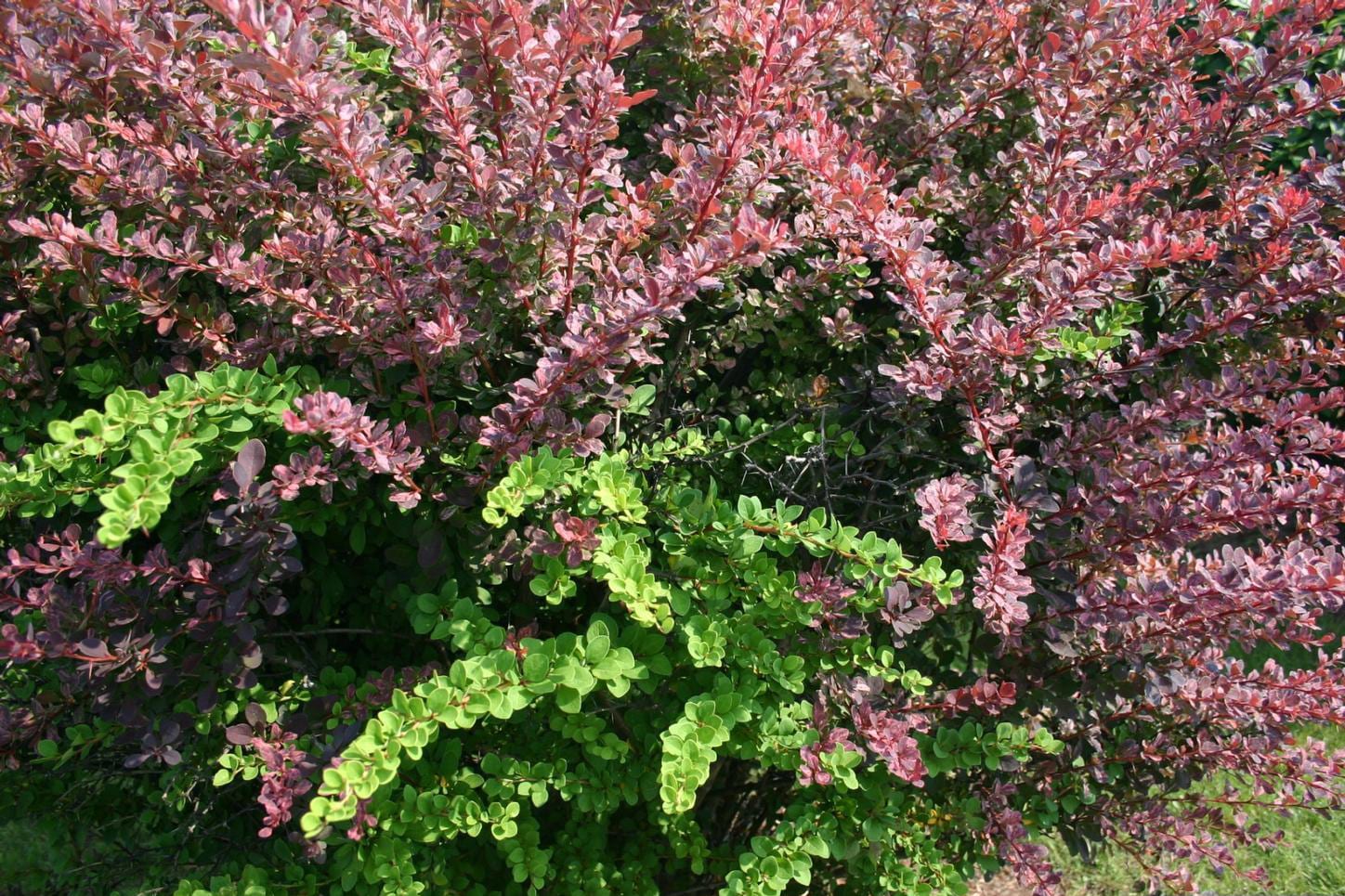
Berberis thunbergii var. atropurpurea
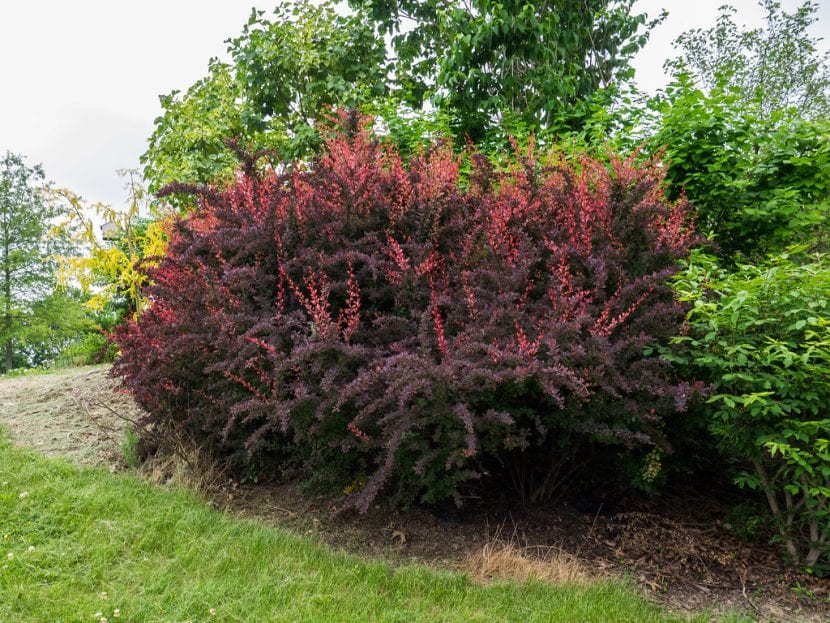
Image - Flickr / FD Richards
It is a variety of B. thunbergii. The only difference is that has very intense red leaves, which draws a lot of attention.
Berberis vulgaris
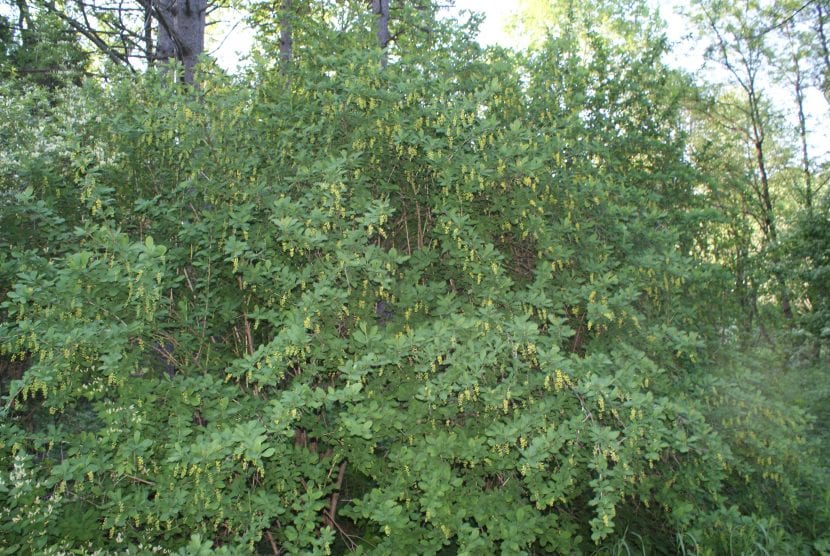
Image - Wikimedia / Хомелка
Known as barberry, it is a deciduous shrub native to central and southern Europe, western Asia, and northern Africa that grows to 3 meters in height. The leaves are greenish in color.
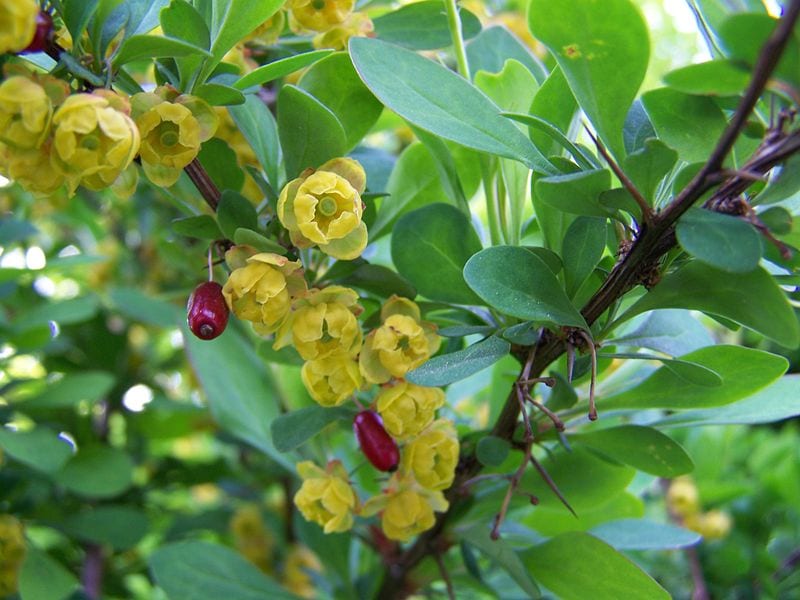
What are the care of the Berberis?
If you want to have a copy of Berberis, we recommend providing the following care:
Location
They are plants that must be outside, either in full sun or in semi-shade. Do not place in total shade, otherwise both their growth and development will not be adequate (they will grow weak, with stems that are too long and thin).
Earth
- Flower pot: uses universal substrate (for sale here) mixed with 30% claystone (for sale here) or similar.
- Garden: they grow in neutral and limestone soils, well drained and fertile.
Irrigation
Frequent, but avoiding waterlogging. If you live in an area where it rains a lot and very often, it is possible that with one or two weekly waterings your Berberis will have enough, but if on the contrary in your area the drought is a problem that can last for months, during that time you will have to water two, three or even four times a week if the temperature is also high.
Avoid wetting the leaves when you water so they don't burn or rot.
Subscriber
It is highly recommended pay during spring and summer with organic fertilizers, such as guano, compost or mulch (for sale here). In this way, you will have a very healthy and cared Berberis.
Pruning
Not really necessary, but you can remove dry, diseased or broken stems in late autumn with scissors previously disinfected with a few drops of dishwasher.
Multiplication
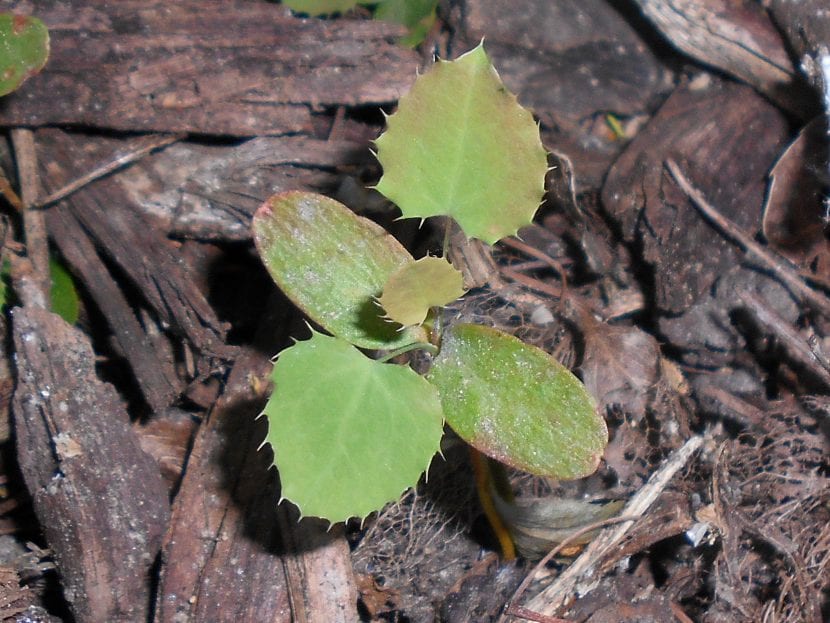
Image - Wikimedia / Salicyna
Seeds
It multiplies by seeds, which have to be stratify in the fridge for three months in winter and then sow in spring in seedbeds that have holes for water drainage filled with specific substrate (for sale here).
It is important that they are as far apart as possible and that they are buried a little so that they are not exposed to the sun.
Cuttings
You can take stems of about 20 centimeters long with leaves from spring to autumn, and plant them in a pot with vermiculite (for sale here).
Pests
They are quite resistant, but in dry and hot environments are sensitive to aphids and hymenopteran larvae ardis berberidis.
The treatment is advised to do with diatomaceous earth (for sale here), being the dose of 35 grams per liter of water, or with potassium soap (for sale here).
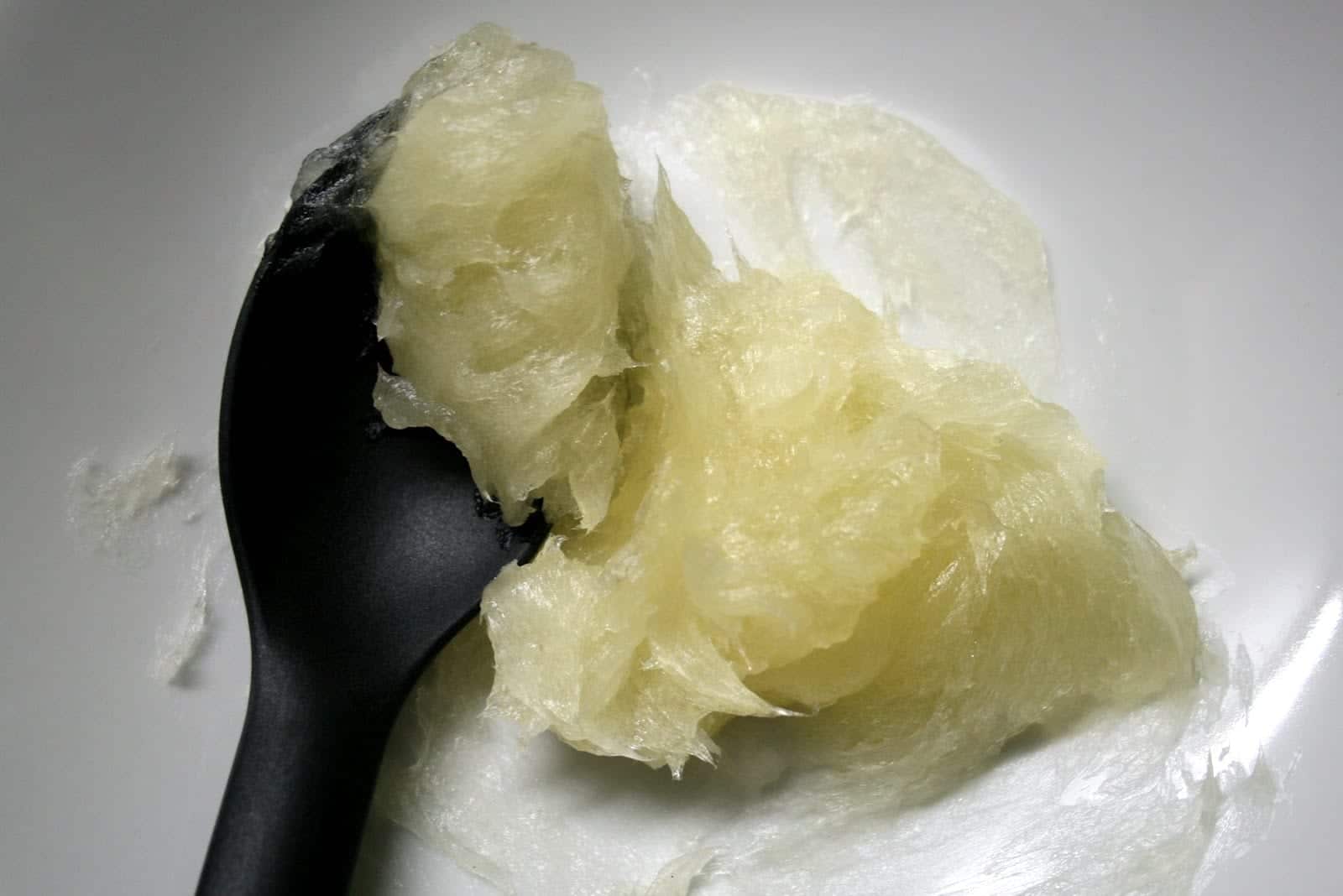
Management
They can have fungi such as anthracnose or rust, with symptoms such as the appearance of brownish spots (in the first case) or orange bumps (in the second) on the leaves. They are dealt with fungicides.
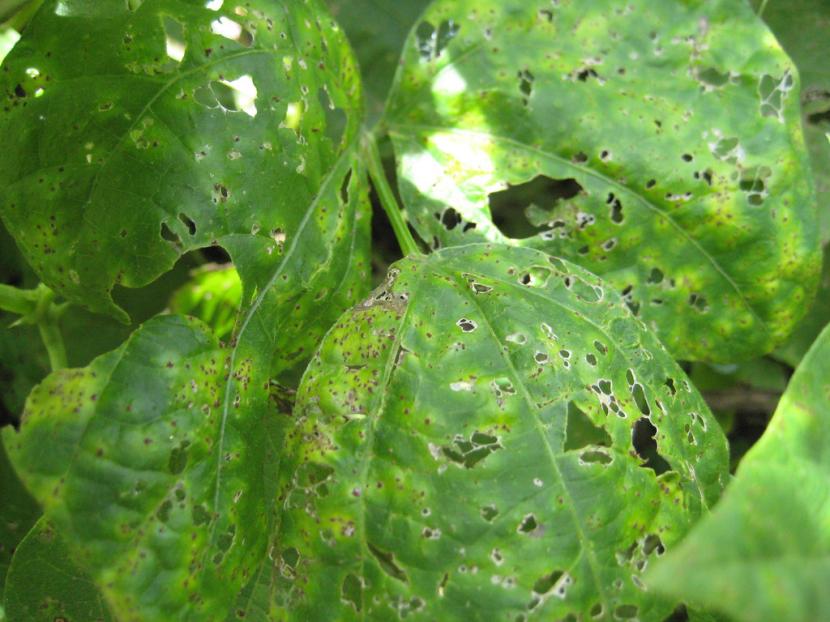
They are also vulnerable to infection by the bacteria Pseudomonas berberidis, which causes its leaves to have watery spots of greenish color at first and then dark red. Treatment consists of cutting out the affected parts.
And although it is rare, the mosaic virus can affect them. Unfortunately there is no treatment, just getting rid of the diseased plant.
Rusticity
Usually the Berberis they resist frosts down to -7ºC. If you have doubts about the rusticity of a specific species, write to us.
What uses are given to Berberis?
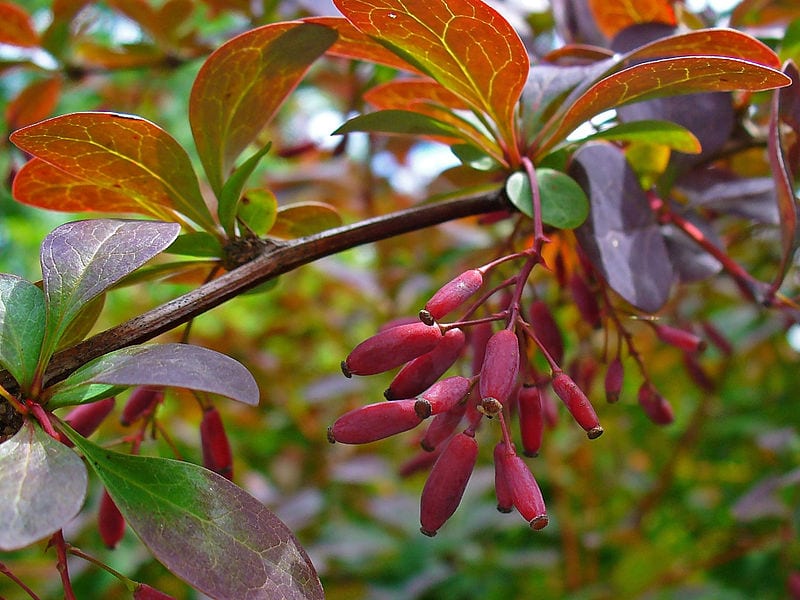
Image - Wikimedia / H. Zell
Ornamental
They are very decorative plants, which are kept in gardens as low hedges, for example, in pots or planters. Due to the small size of its leaves, there are those who dare and work them as bonsai.
Gastronomic
The fruits of many species, especially Berberis vulgaris, are used to make jams, although they can be consumed fresh.
What do you think of these plants? Did you know them? I hope you really enjoyed learning about them 🙂.